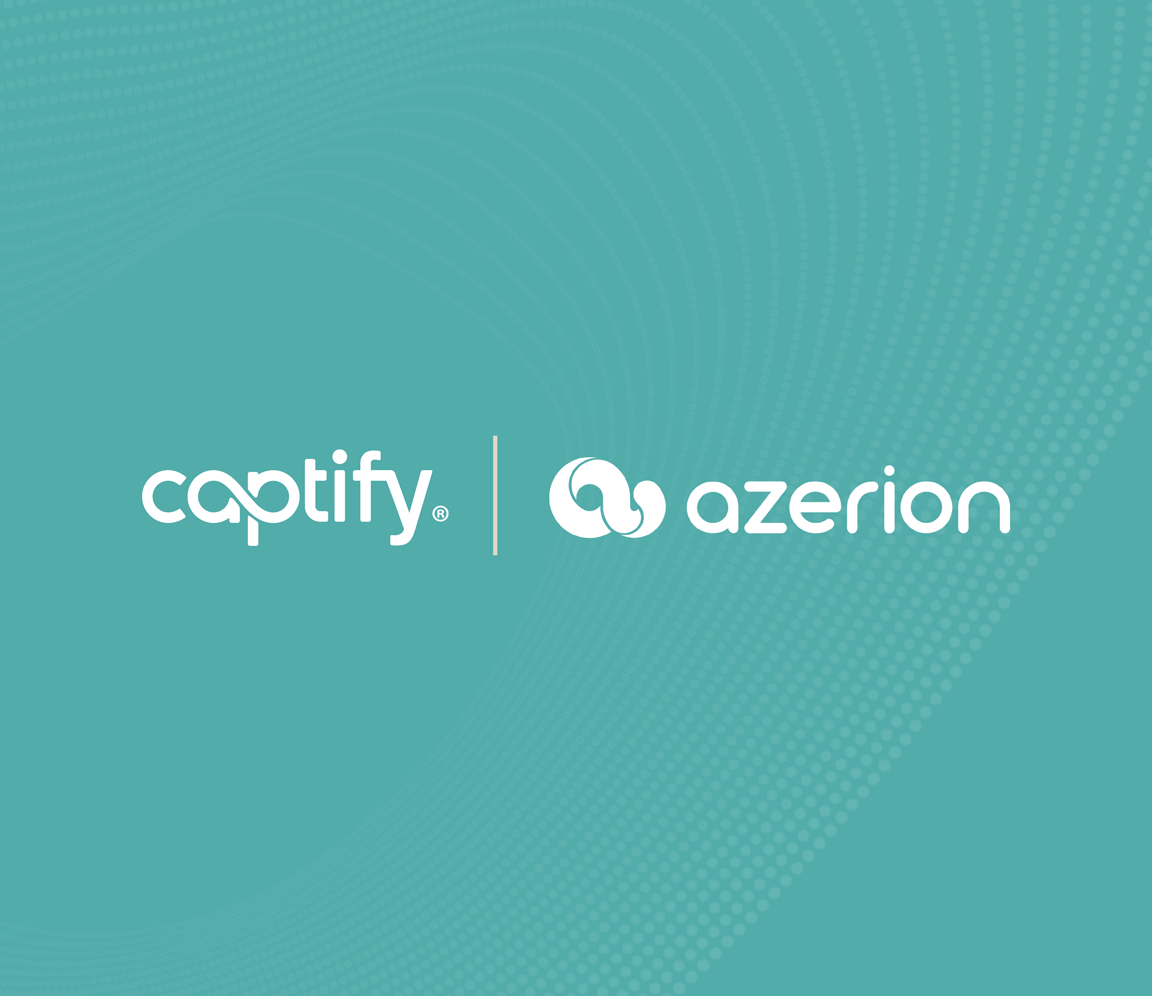The Real Cost Of Burnout And Lessons We Can Learn From Covid-19
Written by Lucy Shutt-Vine, Captify’s Global Learning, and Development Manager. Originally published by People Management Magazine.
I had my first panic attack at work. A gradual feeling of unease, anxiety, and despondency had been building for months, but now I was sweating, my heart was racing and I was gasping for air. I was sent home and told to take a few days to rest.
The total number of working days lost to stress across the UK workforce is 17.9 million days a year. A 2020 study showed the number of cases of work-related stress, depression, or anxiety estimated at 828,000 with common reasons being tight deadlines, excessive pressure, lack of role clarity or an unmanageable workload.
We can only expect those numbers to grow year on year as the pandemic creates new causes of job-related stress and anxiety and major changes in our working lives exacerbate traditional stress triggers.
High-performers or over-achievers?
I had always been an engaged employee, jumping through several rounds of promotions in eight years. I didn’t know why I was suddenly feeling so anxious, but I did know for sure that my sales performance was slipping and I wasn’t hitting my targets anymore. Tasks that once felt easy now felt impossible.
Research shows that high performers and those most passionate about their roles often suffer the most in the workplace. Those people who achieve exceptional results every time and say ‘yes’ to every opportunity are often doing so with no regard for their own wellbeing.
Diagnosis: burnout
I spent my rest days feeling guilty about my colleagues picking up my workload. I also researched heavily online – googling the same terms that so many UK workers have been researching in recent months: panic attacks, anxiety, burnout.
Signs of burnout, I learned, include exhaustion, cynicism, loss of enthusiasm, and loss of efficacy or capability.
In search of a solution, I went to see a careers coach. After an hour of conversation, she stopped me and said: “Lucy, your job title is ‘Group Sales Director. Your natural progression would be a ‘Commercial Director’ but you haven’t mentioned sales once… nothing, zilch! What is going on?”
Finding an individual solution
It hit me. I didn’t want to be in sales anymore and everything I enjoyed revolved around developing and nurturing people, not pipelines.
In my next few coaching sessions, I began to pull out my strengths – things I was good at that also fulfilled me. This process enabled me to see that many of the skills I had learned as a salesperson were totally transferable to my ‘ideal job’ – one where I worked in people management.
My panic started to subside as I mapped out my future career direction. I became OK with the thought of ‘starting again’ and adapting what I already knew into an entirely new role, maybe in a new industry.
Support, develop and retain
Three years after my first panic attack, my position is Global Learning and Development Manager and I am enriched and enlivened by my work every day.
While recent opinions increasingly sway towards entrenched organizational factors holding responsibility for employee burnout, there are also those times when companies can support employees through stress, exhaustion, and anxiety with action tailored to the needs and strengths of the individual.
If it is our highest achievers who are succumbing most frequently to burnout, employers must learn to understand the signs, to offer real support, show commitment to change, and avoid wasting top talent by empowering employees to suggest their own solutions, without fear of reproach.
Career conversations
I believe that enhancing the appraisal and review system, including training for identifying early signs of burnout is an essential first step for corporate change. Companies must also evolve to a better understanding of reviews as an opportunity to have a learning-focussed, two-way career conversation.
Having coaching-style career conversations with employees gives employers the opportunity to discover more about individuals’ goals and motivations. This strengthens loyalty and opens the door to honesty.
If an employee feels valued, seen and understood, they are more likely to accept help when experiencing stress or burnout. If employers are open to change and recognize the skills and strengths that our employees enjoy using, as well as the ones that get us results, then we are more likely to find solutions for career pivots or role developments that enhance an employee’s wellbeing, as well as contributing to the overall objectives of the company.
A brave new world
One thing Covid-19 has given us is an opportunity to move towards a more individualized review process. Circumstances will be affecting pandemic performance for many employees – those with no dependents, for example, may be able to be more productive than those with children at home. Those with a high-speed internet connection and private home office may be working faster than those with an inferior technological set-up.
At this present time, management may be summoning more compassion and leniency. We are aware that because of the pandemic, many of our employees may be wrestling with existential anxiety and fear. This awareness is something we should hold onto, even once the world returns to ‘normal’.



